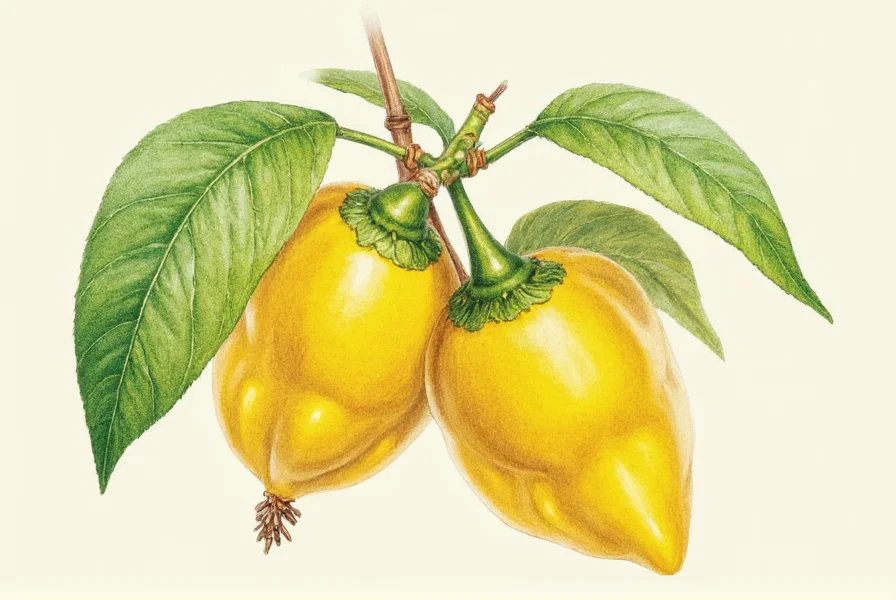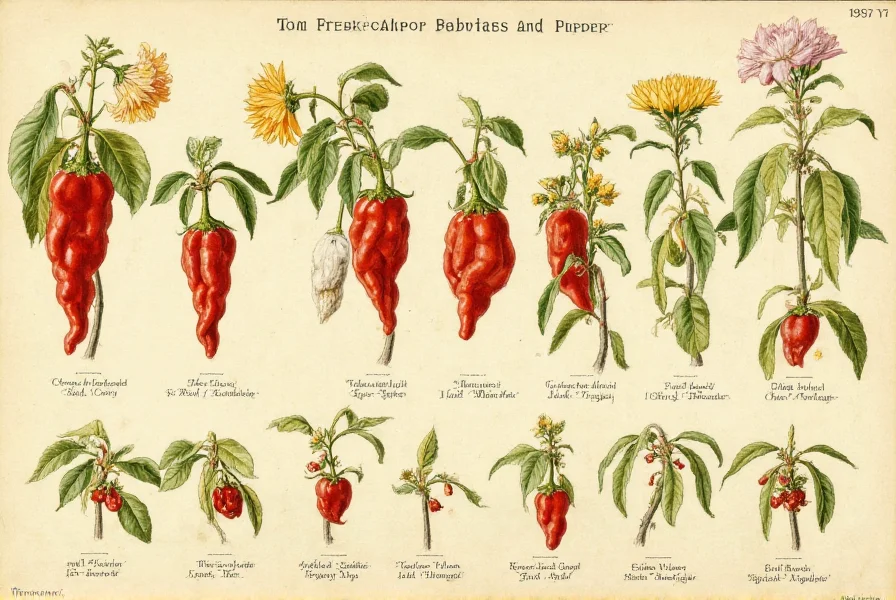Understanding whether is pepper a fruit requires examining both botanical science and culinary tradition. While your kitchen treats peppers as vegetables, plant biologists classify them as fruits due to their seed-bearing structure that develops from the flower of the pepper plant. This distinction between scientific classification and everyday usage creates widespread confusion about is bell pepper a fruit or vegetable.
Botanical Definition of Fruit Explained
In botanical terms, a fruit is the mature ovary of a flowering plant, usually containing seeds. This scientific definition differs significantly from culinary classification. When examining why is pepper considered a fruit, we must look at its development cycle:
- Peppers form after pollination of the pepper plant's flowers
- They contain multiple seeds within their interior
- They develop from the flower's ovary as it matures
These characteristics perfectly match the botanical definition of fruit. The confusion arises because in culinary contexts, fruits are typically sweet while vegetables are savory—which brings us to the distinction between scientific and kitchen classifications.
Culinary vs. Botanical Classification
The difference between how chefs and scientists view peppers explains much of the confusion around peppers fruit vegetable difference. Consider this comparison:
| Classification System | Definition of Fruit | Pepper Classification |
|---|---|---|
| Botanical | Seed-bearing structure from flower ovary | Fruit |
| Culinary | Sweet plant part, often eaten as dessert | Vegetable |
This table illustrates why the question is pepper a fruit has two correct answers depending on context. Botanists and chefs operate with different classification systems that serve different purposes.

Other Common "Vegetables" That Are Botanically Fruits
Peppers aren't alone in this classification paradox. Many foods we treat as vegetables are technically fruits by botanical standards:
- Tomatoes - Famously classified as fruits, even subject to a US Supreme Court case (Nix v. Hedden, 1893)
- Cucumbers - Develop from flowers and contain seeds
- Eggplants - Form from the ovary of the plant's flower
- Zucchini - Technically a summer squash and a fruit
- Okra - Contains seeds and develops from flower
Understanding this broader context helps clarify list of vegetables that are actually fruits and why such classification confusion exists across many common produce items.
Historical Context of Pepper Classification
The separation between botanical and culinary classification has historical roots. Before modern botany developed as a science, people categorized foods based on taste and usage rather than plant biology. When 19th-century scientists established precise botanical definitions, they created a framework that often contradicted centuries of culinary tradition.
The 1893 US Supreme Court case Nix v. Hedden cemented the culinary definition in legal contexts, ruling that tomatoes should be taxed as vegetables despite their botanical classification. This established the precedent that food can have dual classifications depending on context—a principle that applies equally to peppers today.

Does This Classification Matter Practically?
For home cooks and professional chefs, the botanical classification of peppers as fruits rarely affects culinary practice. Chefs continue to treat peppers as vegetables because:
- They lack the sweetness typically associated with fruits
- They're used in savory dishes rather than desserts
- Cooking properties align with other vegetables
However, for gardeners and plant scientists, the botanical classification matters significantly when understanding plant breeding, growth cycles, and agricultural practices. The distinction becomes particularly relevant when discussing botanical definition of fruit in educational contexts.
Conclusion: Embracing Dual Classifications
The question is pepper a fruit reveals how language and science sometimes operate on different planes. Botanically, peppers unquestionably qualify as fruits. Culinary tradition treats them as vegetables. Both classifications serve valid purposes in their respective contexts.
Understanding this distinction helps clarify not just peppers but many other common foods that straddle the fruit-vegetable boundary. The next time you handle a bell pepper, you can appreciate it both as a versatile kitchen ingredient and as a fascinating botanical fruit.
Frequently Asked Questions
Why are peppers considered fruits in botany but vegetables in cooking?
Peppers are botanically fruits because they develop from the flower of the plant and contain seeds. In culinary practice, they're treated as vegetables because they're savory rather than sweet and used in main dishes rather than desserts. This dual classification reflects the difference between scientific definition and practical kitchen usage.
Are all types of peppers fruits, including chili peppers and bell peppers?
Yes, all varieties of peppers (Capsicum species), including bell peppers, chili peppers, jalapeños, and habaneros, are botanically classified as fruits. They all develop from the flower of the pepper plant and contain seeds, meeting the botanical definition of fruit regardless of their heat level or color.
Does the fruit classification affect how I should grow peppers?
Understanding that peppers are fruits can inform your gardening practices. As fruit-bearing plants, peppers benefit from similar care to other fruiting plants like tomatoes. They require adequate sunlight, consistent watering during fruit development, and proper nutrient balance to produce healthy fruit. The botanical classification helps gardeners understand the plant's growth cycle and nutritional needs.
What other common vegetables are actually fruits?
Several common "vegetables" are botanically fruits, including tomatoes, cucumbers, eggplants, zucchini, okra, and pumpkins. These all develop from the flower of their respective plants and contain seeds, meeting the botanical definition of fruit despite their savory culinary usage.











 浙公网安备
33010002000092号
浙公网安备
33010002000092号 浙B2-20120091-4
浙B2-20120091-4